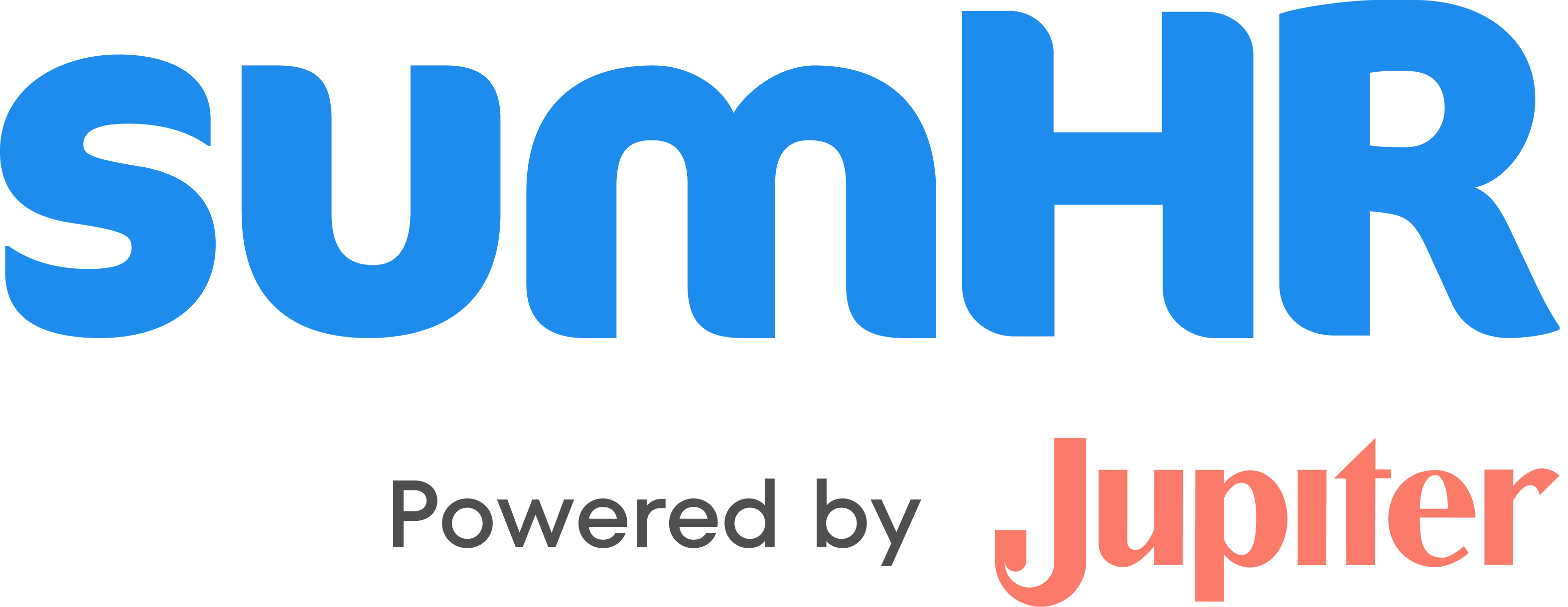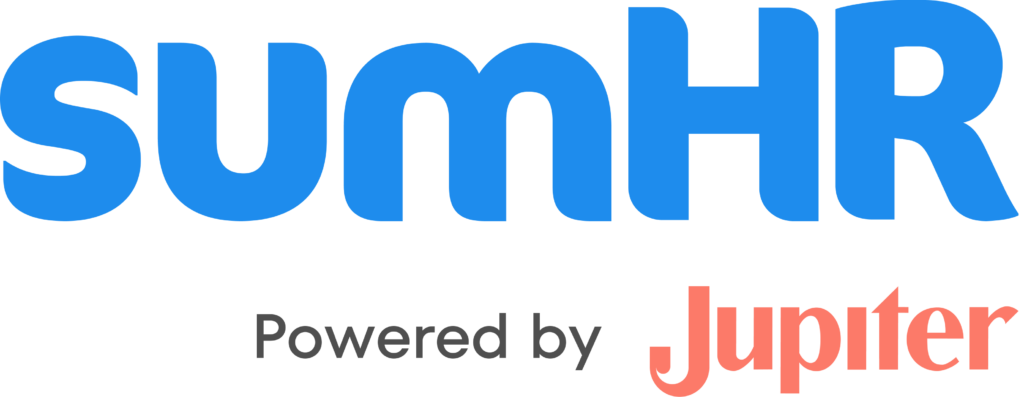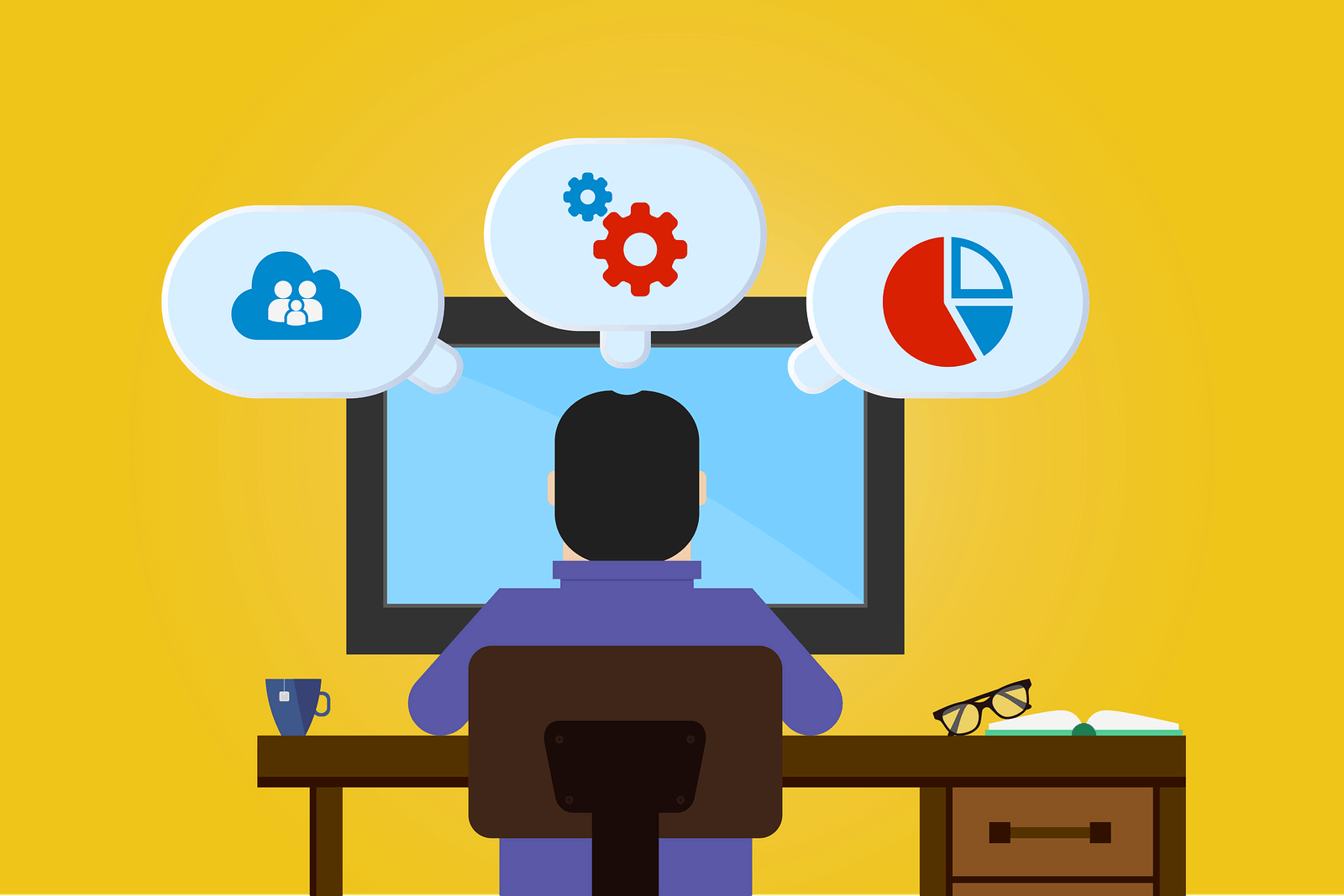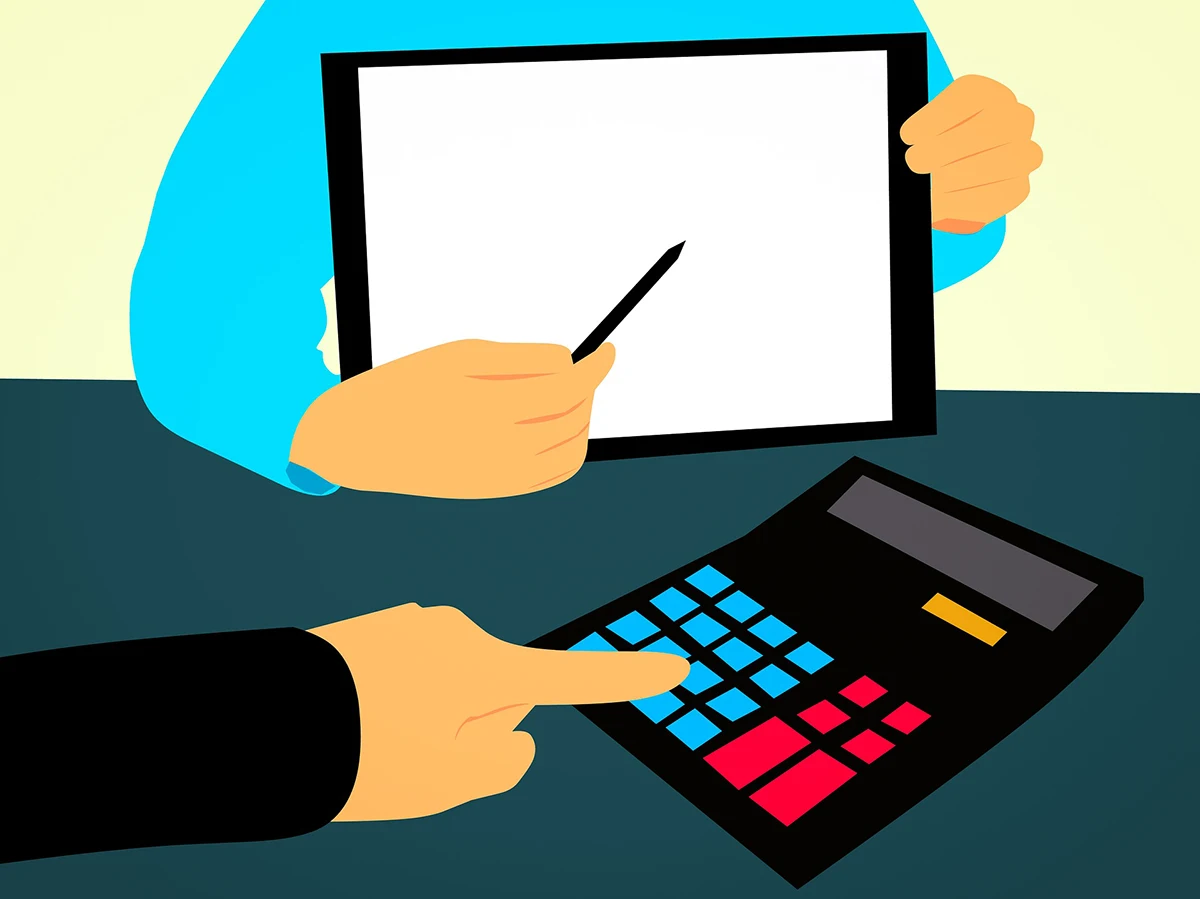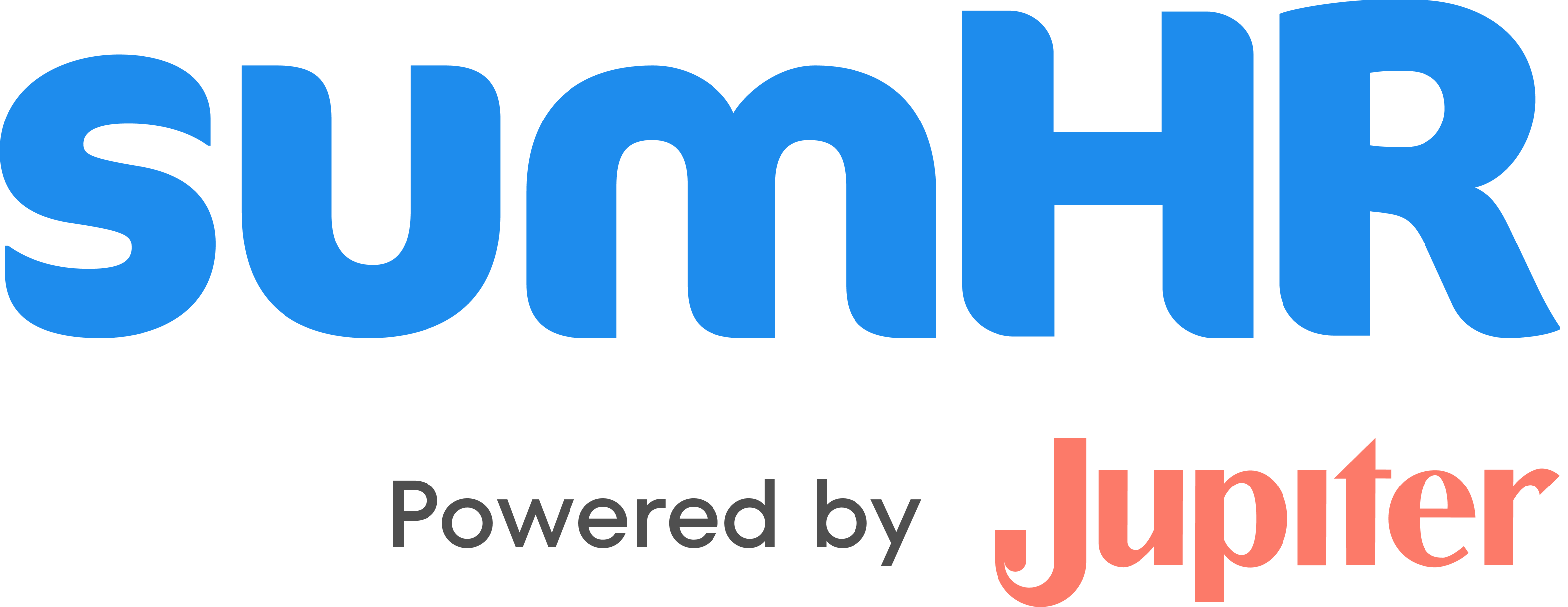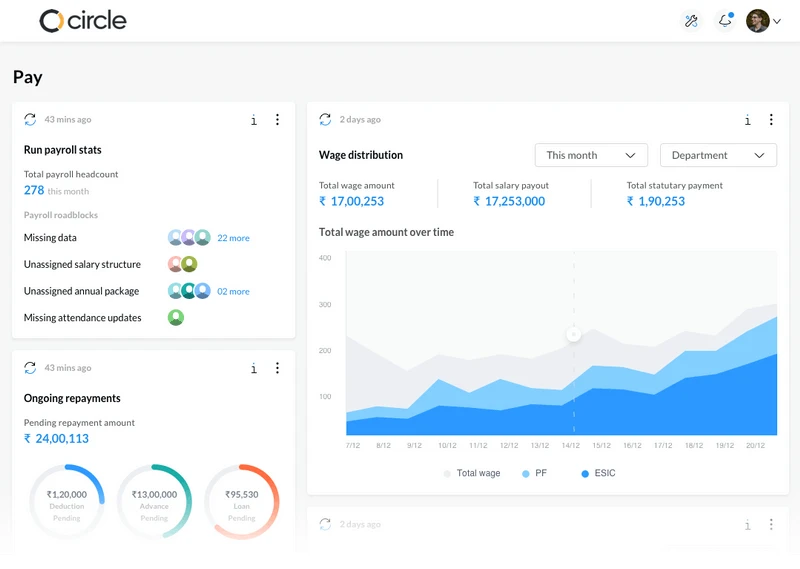Most modern firms utilise Human Resources (HR) software to help them manage their staff. HR software is constantly improving and simplifying human resource administration. Your organisational structures may best manage their workforce by picking an up-to-date HR software system that integrates effectively with your business processes, keeping employees happy, benefits management and boosting efficiency.
Whatever stage of development your company is at, the truth is that it requires HR software to stay on track. Even if you simply have ten employees, spreadsheets, paper files, and emails are unlikely to keep you on top of procedures and compliance.
What is HR Software?
HR software includes any corporate software that aids in the management of personnel information and HR-related duties. HR management software solutions aid in the management of people, the automation of manual processes, and the organisation of information.
Human Resources Management software saves managers and HR workers time by automating procedures, in turn, leads to employee benefits, but it also supports HR processes that allow for improved planning, budget management, career development and decision-making..
The Different Types of HR Software
A wide range of HR functions may be carried out by several kinds of HR Management software. Some solutions are all-inclusive, covering most or all aspects of HR administration. Other options are more specialised such as workforce management and simply help with one or two HR responsibilities
1. Payroll
Businesses may automate payroll processes and keep track of employee wage and salary rates with the use of the best HR software / payroll software. With the stroke of a button, payroll solutions can quickly and accurately compute total compensation, debit the appropriate amount from the business bank account, and send money to employees. Payroll solutions software also allows users to file their taxes and generate reports to monitor changing payroll expenditures.
- When you need
Payroll software must be the initial system any new company buys overall, not simply the first HR software solutions, for the following reason: Even if you are the sole employee, you still need to pay everyone else on time and appropriately.
- When to Adopt
When a firm has only 1 to 24 employees, early in its lifespan, payroll compliance usage maximises, indicating this is the ideal size range to make this crucial investment.
2. Personnel Tracking
You need to keep records of a significant amount of data about each employee in your organisation, particularly their name, address, job title, supervisor, work history, and certifications. Using employee tracking software, you can save all of this data in a safe, user-friendly database along with useful tools like an employee handbook and an organisational chart for the business.
- When you need
To input or amend just one piece of data for 100 employees in a spreadsheet may be time-consuming and prone to accidents. These issues will only worsen if your company experiences a development surge. Thus, it is advisable to invest early on in a specialised system with pre-set fields for all the data you need to track with your workers.
Your company has a fantastic opportunity to be ready to leave “startup mode” by formalising department structures and hierarchy during this transition to devoted HR software before you start employing more staff.
- When to Adopt
Because personnel monitoring is a fundamental feature of many Human Resource management, adoption is quite high across all business sizes. Despite this, it is suitable for between 1 and 1,000 employees, indicating that it has evolved into a crucial tool for all firms.
3. Time and Attendance
Time and attendance management provides employee self-service (ESS) capabilities, which enables employees to clock in and out of shifts, see timetables, and request time off on their own. This is in addition to saving time on information and producing reports.
- When you need
If your company operates in an industry where the majority of shifts are based on availability and demand, such as retail or food and beverage, having time and attendance software that can optimise employee self-service schedules based on those factors and then automatically communicate those changes to workers via email or text is essential to reducing missed shifts.
If you run small or midsize companies, time and attendance systems can still be quite helpful, even if the majority of your staff consists of “9-to-5” personnel. By integrating your time and attendance management software with your payroll system, you can also transfer over employee hours to instantaneously compute employee self-service payroll, which will save you a lot of time.
- When to Adopt
With 1 to 50 employees in the ideal size range for investment in time and attendance software. After 50 people, manually tracking time and attendance becomes a significant administrative effort.
4. Applicant Tracking
A single platform where businesses can manage all of their employment and recruitment operations is provided by applicant tracking systems (ATSs). Recruiters may post job vacancies on job boards and social media, store resumes and applications, follow prospects as they move through their recruiting process, rate and rank candidates, and eventually issue job role offers by using an applicant tracking system (ATS).
- When you need
ATSs are a useful tool in the battle for talent management in addition to offering a digital area to handle recruitment and hiring. These tools may disseminate your job functions advertisements to as many people as possible and boost the possibility that an interested visitor would apply by providing a better employee experience online. Using embedded analytics, you and your team can determine where and why talent is leaving your firm.
- When to Adopt
The most popular HR application for companies with 251 to 5,001+ workers is applicant tracking HR software. When you decide to adopt will depend on your hiring requirements.
5. Performance Management
The stress associated with performance evaluations is reduced with performance management software. These HR systems enable organisational management to set personalised goals for employees, monitor their performance, and automate processes for gathering feedback, archiving documentation, and communicating key performance indicators to stakeholders.
- When you need
Data-driven performance management offers almost too many advantages for expanding firms to mention, from increasing efficiency and keeping top performers to raising sales, profit, and engagement. You also need the correct technology to manage enormous volumes of personnel data and analyse significant patterns over time to become a data-driven performance company.
- When to Adopt
If staff development is a priority in your company, you might wish to invest in these systems sooner even if the adoption of performance management software peaks in the 501 to 5000 employee range.
6. Benefits Administration
Employers and employees have typically endured laborious procedures when enrolling workers in benefits like health insurance or a 401(k) and handling any adjustments that arise afterward. These procedures are streamlined by benefits administration software, which also keeps track of data for budget, human capital management, and compliance needs.
- When you need
Employees may enrol in benefits, modify options, and solve issues directly with the use of benefits administration software, which offers a centralised alternative to having HR manually enter information from forms into the system. The ability to carefully track benefit expenses will also be essential for achieving ROI.
- When to Adopt
Peak purchases of benefits administration software occur in the 501 to 1001 employee size range.
7. Onboarding
With the help of onboarding resource management software, recruits are guided through every step that must be taken to become contributing members of the team, from electronically signing crucial documents to completing new hire training. These platforms also allow new hires an early opportunity to communicate with their boss and fellow employees, making them feel more at ease and productive right away.
- When you need
By automating tiresome paperwork, onboarding software shortens the time it takes new hires to start producing, allowing staff to get down to business earlier—possibly even before their first day through an online portal.
- When to Adopt
If onboarding capability isn’t already included in your current HR or recruitment suite by the time you reach 500 people, you must purchase onboarding software.
8. Compensation Management
Are you paying your employees the proper amount when you take into account everything—years of experience, performance, and the market wage rate in your area? Is your pay structure adaptable enough to endure difficult times? With the use of compensation management software, you can respond to these crucial queries by delving deeper into both internal and external aspects such as business income, budgets and local job markets.
- When you need
You may trim the fat in several ways with the use of compensation management software. These platforms allow you to retrieve performance ratings for specific employees from your performance management system and suggest bonus payments based on desired results.
To ensure you survive both good and bad economic times, this programme can generate compensation budgets for your worldwide staff and make payout recommendations based on various business performance scenarios.
- When to Adopt
These HR software systems are more of a “nice to have” than a “need to have,” and inquiries increased by around 5,000 employees.
9. Learning Management
Learning management system (LMS) can assist you in bringing employee training into a more adaptable and interesting online environment if you’re still mostly depending on classrooms and slide presentations to teach personnel. With the use of an LMS, instructors may design training programmes that combine various multimedia forms, distribute them to staff members, assess their retention of the material, and track the efficacy of their programmes over time.
- When you need
If you want to grow employee performance to aid in climbing the corporate ladder while also keeping top talent, ongoing training is essential. Especially with a big, worldwide staff, this is easier said than done: Materials must be updated as needed, trailing individual employees must be located and caught up with, and training sessions must somehow not be boring.
- When to Adopt
From 251 to 10,000 employees, LMS systems are only getting established, and even then, relatively few customers have shown curiosity about learning management features.
Companies may experience a reduction in mistakes with the removal of double data input and an increase in organisation with the adoption of electronic records, depending on the HR software used and how it is utilised. Additionally, space and money may be saved by using a few pieces of paper, paper clips, ink, and related materials.
Final Thoughts
Beyond these broad advantages, businesses could also have advantages related to the particular HR software or module selections used, such as an improvement in succession planning and staff development following the implementation of a strong learning management system.
Visit SumHR, your best online HR software or give our knowledgeable software consultants a call, and they’ll provide you with tailored software recommendations suitable for your business. Book a demo
